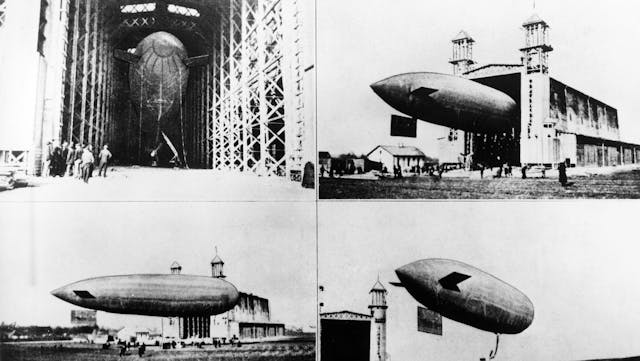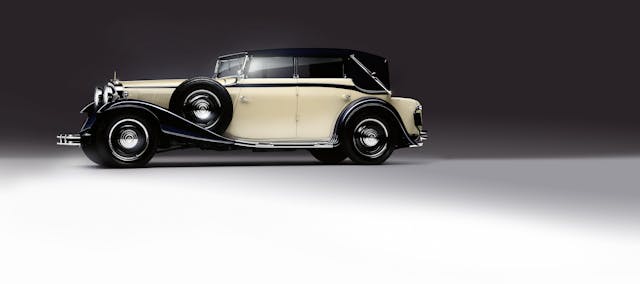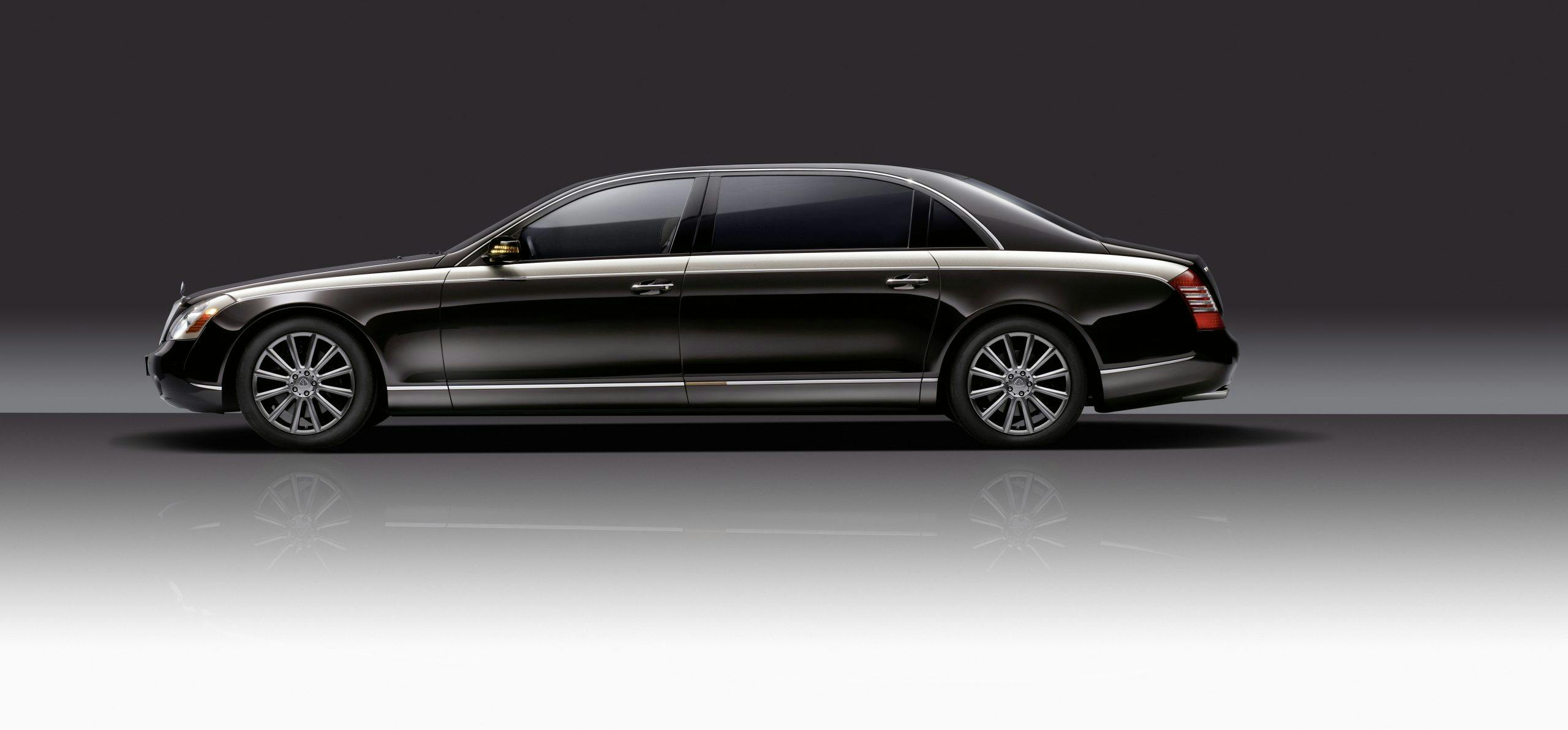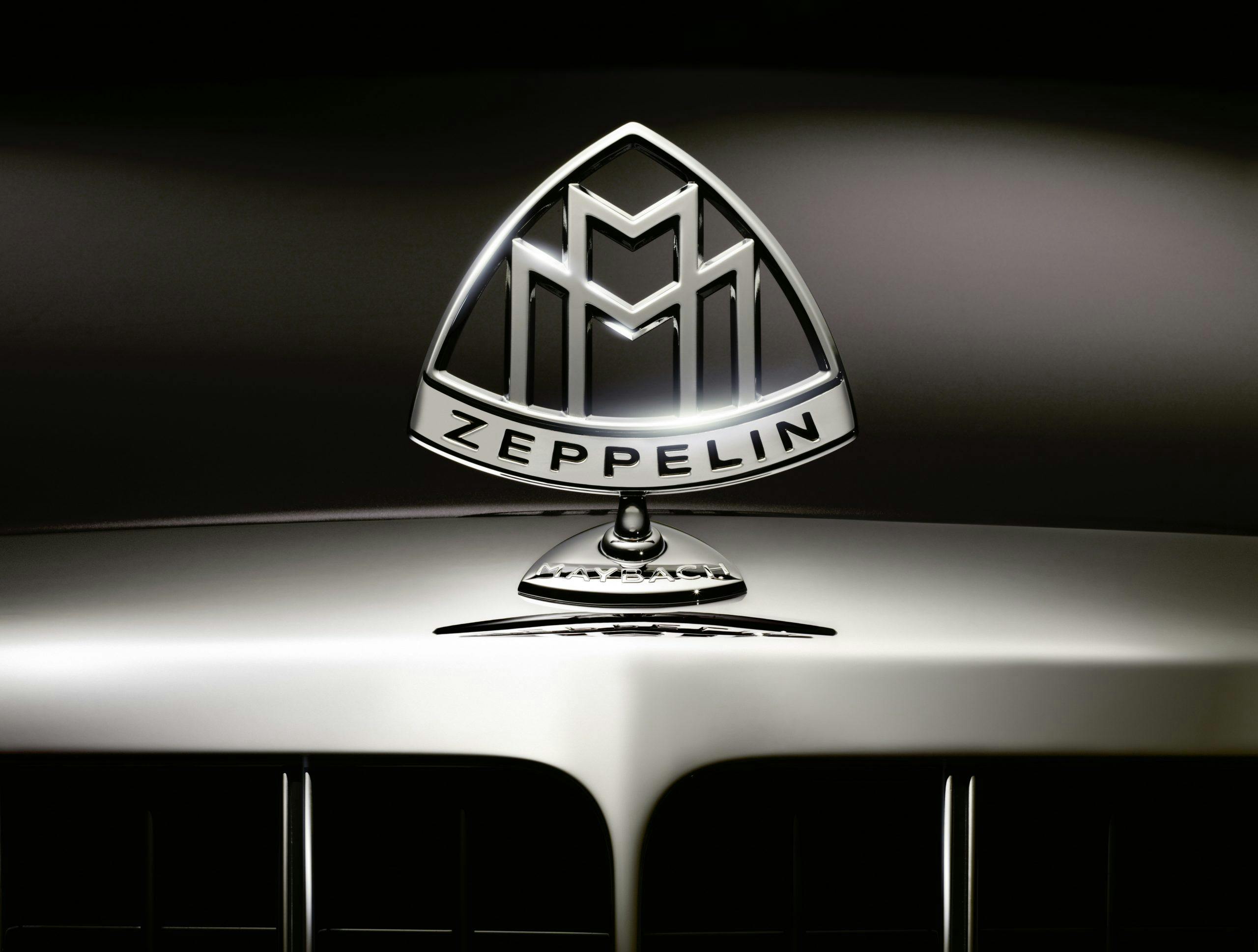The Zeppelin Connection: In the early 1900s, the need for speed linked airships and automobiles
Airships and automobiles. What could they possibly have in common? Aside from the occasional sighting of the Goodyear blimp floating above the Indy 500, there may not be much to link cars and dirigibles in current times, but step back to their beginnings and the two technologies were closely aligned.
Major players in the modern automotive world, from Fiat to Mercedes and Maybach to ZF and Porsche, were all involved in the development of these lighter-than-air giants of the skies.
Porsche
Ferdinand Porsche was actually responsible for Austria’s first aircraft. As technical director for Austro-Daimler-Motoren-Gesellschaft in 1908, he designed a semi-rigid airship powered by a four-cylinder air-cooled engine. A year later, a 100-horsepower, air-cooled, six-cylinder engine took over—and we all know how that ended.

Fiat
The hydrogen in early airships could only do so much heavy lifting, so the powerful engines required to propel these massive flying machines needed to be (relatively) light. It was Fiat which first saw the opportunity to fit one in a motor car, in a bid to capture the land speed record. The 1910 Tipo S76, nicknamed “The Beast of Turin,” was the result. The 300-hp, four-cylinder, 28.4-liter engine was virtually undriveable, but a number of brave souls did their best, with American Arthur Duray achieving an incredible speed of 132.27 mph in Belgium in 1913. It was indeed the fastest recorded speed at the time, however Duray was unable to manage a return run for the record to be officially recognized. The Beast survived World War I but was dismantled soon after. Fortunately, British Edwardian-era enthusiast Duncan Pittaway set about recreating the Beast with an original chassis and an S76 engine. The reborn Beast is a regular favorite at the Goodwood Revival, as you can see in the video below.
Maybach & Mercedes
Both Maybach and Mercedes made engines for early Zeppelin airships. Mercedes’ 15.9-liter, four-cylinder J4L produced around 140 hp and had a power-to-weight ratio of 6.6 pounds per hp, making it perfect for airship propulsion. Maybach, meanwhile, made its rather more sizeable 21-liter, 180-hp Type AZ engine, which was first installed in the 1910 Zeppelin LZ6 and subsequently in the LZ10 Schwaben in 1911. The engine even made its way into a car, a Belgian Métallurgique, which was upgraded in 1919. The car was last seen at a Bonhams auction at Goodwood in 2019, where it failed to sell for a million-dollar-plus estimate.

Between the wars, Maybach revived its link to the historic aircraft with its DS7 and DS8 Zeppelins. The DS7 launched in 1928 with a seven-liter V-12, but it was the DS8 that better lived up to the Zeppelin name. With an 8.0-liter version of the V-12 putting out 203 hp, it was one of the most powerful cars of the day. The coachbuilt body came as a two-door cabriolet, a four-door cabriolet, and a four-door saloon. With a top speed of 106 mph and the world’s first eight-speed transmission, it was quite the innovator. A brochure from 1930 described the car’s purpose: “To create only the very best from the very best—a car that fulfils every last wish and stands out for its supremely refined elegance and power.”

When Mercedes-Benz revived the Maybach brand, it also wanted to make the best car in the world. The very best of this very best would be the Zeppelin. Just 100 examples were built in 57 S and 62 S long-wheelbase versions. Special two-tone paint, unique 20-inch chrome alloy wheels, aerodynamic mirrors, and Zeppelin logos distinguished the car from lesser models. Inside, the cars could be optioned with California beige or Stromboli black diamond-quilted leather, lambskin carpets, and a special perfume dispenser. The most expensive cars sold for €473,200 in 2009 (the equivalent of almost $800,000 today).
ZF transmissions
Zahnradfabrik GmbH was founded in Friedrichshafen, Germany, in 1915—the home of the Zeppelin—to solve vibration and noise issues caused by the bevel gears of the early German airships. Swiss engineer Max Maag was recruited, and his method of producing mathematically accurate ground gears was adopted. Now ZF is one of the biggest suppliers of transmissions to the automotive industry.
Packard
When the U.S. Navy needed an engine for its first rigid airship, the USS Shenandoah in 1922, it turned to Packard for power. The company’s 25-liter, six-cylinder Model 1A-1551 engine was picked for its hefty 300 horsepower and its reasonable fuel and oil consumption compared to rivals. Just 13 of these engines were built, and six were fitted to the craft. The Shenandoah was a rigid airship, and unlike its German rivals it used helium instead of flammable hydrogen. The Shenandoah had a range of 5000 miles and was the first airship to cross North America. Sadly it crashed in a squall over Ohio in 1925.

Goodyear
Tire maker Goodyear launched its first blimp in the 1920s, advertising the brand across the skies of America. During the Second World War and into the 1950s large, Goodyear-built airships patrolled the U.S. coastline and served as mobile radar stations. The blimps soon began to serve as aerial platforms for TV broadcasting and got progressively larger to cope with the loads of cameras and crew. Today the company no longer builds its own blimps—they’re made by, you guessed it, the German Zeppelin company.





